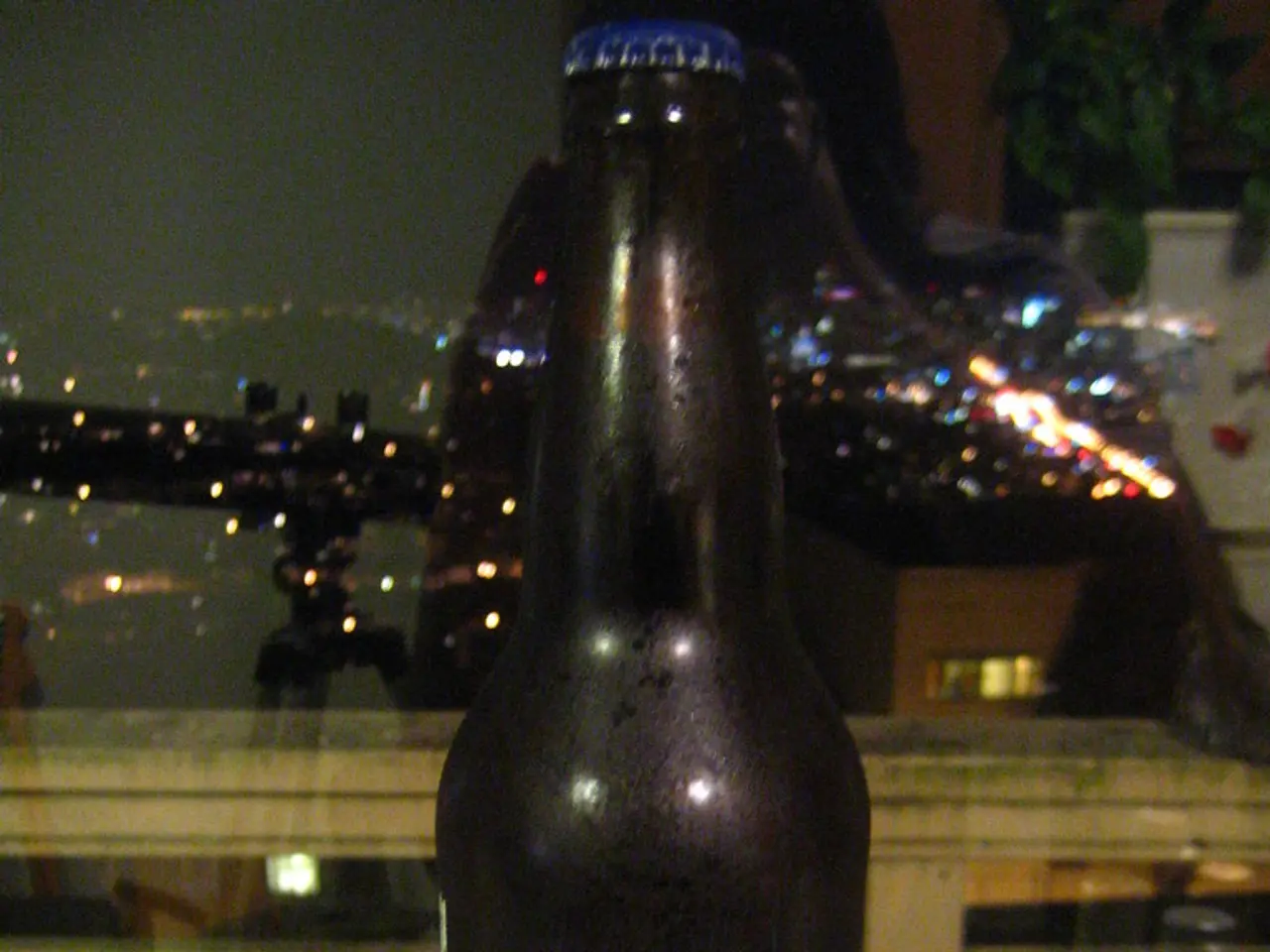The exploration of LED therapy and its health, skin, and body benefits when using red, blue, and infrared lights.
In the heart of Hong Kong, Dr. Corinne Koo, the founder of Harmony Central, a wellness centre, has found solace in an unconventional treatment for her personal battle against Parkinson's disease - LED red light therapy.
This therapy, a relatively recent arrival on the wellness and beauty scene, has shown promise in managing Parkinson's disease symptoms. The specific mechanisms at play include modulation of mitochondrial function and neuronal energy metabolism, potentially improving cellular health and reducing neurodegeneration. While detailed reports on adverse effects remain limited in current research, known side effects are generally mild, such as eye strain or headache.
Dr. Koo's son, a high-level tennis player, and his tennis-playing friends have also adopted the use of LED red light mats for sports injuries. The therapy's benefits extend beyond neurological conditions, as it has been clinically endorsed for relieving side effects of cancer treatment.
One of the key advantages of red light therapy is its ability to stimulate fibroblasts, the cells in connective tissues that provide structural support. This property makes it effective in treating a variety of skin conditions, including acne, scarring, stretch marks, psoriasis, and signs of aging. It also boosts collagen and elastin production, reducing inflammation and easing conditions like rosacea.
Near-infrared light in LED therapy penetrates even deeper to enhance circulation, making it beneficial for chronic wounds in diabetes patients and conditions like burns. It has shown promise in treating conditions such as rheumatoid arthritis, carpal tunnel syndrome, and tendinitis by improving blood flow and balancing the production of cytokines.
However, it's important to note that prolonged, unsupervised, high-dose use of red light therapy may not only blunt its benefits but could also pose risks. The ideal dose, frequency, and intensity vary widely depending on the individual, their condition, and their sensitivity to light.
Recent celebrity endorsements, such as Victoria Beckham's Instagram post featuring LED therapy, have brought more attention to this innovative treatment. As research continues, the long-term effects of red light therapy on the skin and hair are still being explored. More research is needed to fully understand its potential benefits and risks.
Despite these uncertainties, Dr. Koo finds that using red light therapy about three times a week for 10 minutes brings noticeable benefits for her condition. She uses a red-light mat for 20 minutes three times a week and finds it provides enough relief to sleep through the night and walk with less pain.
In the realm of wellness, red light therapy offers a glimmer of hope for those battling various conditions, from Parkinson's disease to skin conditions. As research progresses, it's clear that this treatment could revolutionise the way we approach health and beauty in the future.








